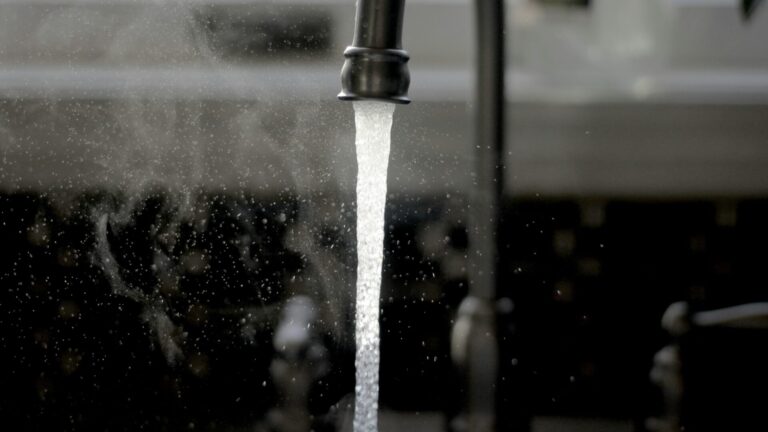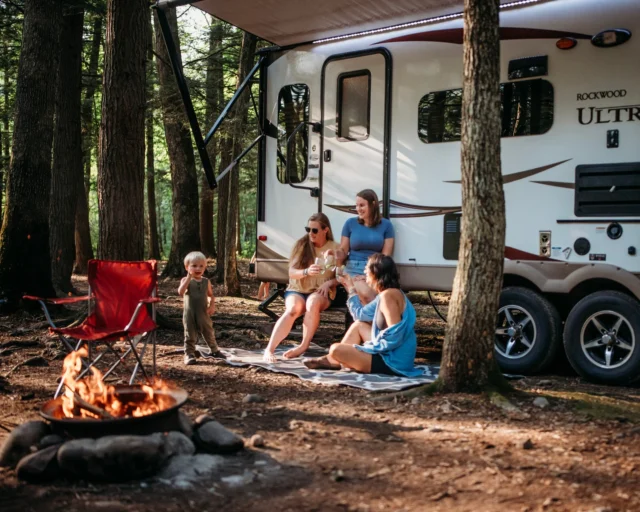
One of the most important RV maintenance tasks? Winterizing your RV by filling the water lines with a special RV antifreeze. That said, there really is no need to put this antifreeze in the hot water heater. This is where your RV water heater bypass valve comes into play.
An RV water heater bypass valve can be closed to prevent water and antifreeze from making their way into the heater tank via the water lines. This article will help you fully understand how to use your water heater bypass valve.
Finding Your RV Water Heater Bypass Valve
First, find your RV water heater tank. This tank has a water line at the bottom where the cold water goes in. On top of that line, there is a hot water line that feeds your pipes. If there is a middle pipe that connects these two lines, congratulations, you have just located the RV’s bypass valve.
Types of Bypass Valves
Now you will want to determine which type of RV water heater bypass valve you have, so you can learn how to use it. Fortunately, it’s pretty easy to figure out which type you’re dealing with by taking a quick peek.
There are three types of RV water heater bypass valves out there:
- Three-valve system: Ensure that the valves on the cold and hot water lines are turned perpendicular to the line. Turn the bypass valve in such a way that it is parallel to the line. The antifreeze will now pass straight through the line bypassing the tanks.
- Two-valve system: Turn both valves so that they lie parallel to the line. This will allow the water to bypass the heater.
- One-valve system: Simply turn the valve perpendicular to the line on a one-valve system to bypass the hot water tank.
Installing a Water Heater Bypass Valve
Most RVs have a bypass installed at the factory, but some do not. If you find that your water heater doesn’t have a water line connecting the hot and cold lines that run into the water heater, you will need to install an RV water heater bypass valve before you can properly winterize your rig.
Fortunately, this is super easy to do with an RV water heater bypass valve kit.
To install the valve kit:
- Disconnect city water and turn the water pump off.
- Empty the tank.
- Remove the water lines from the back of the tank.
- Remove the fittings that were holding the lines on the tank. (Use penetrating lubricant if needed.)
- Wrap the threads of the new fittings with teflon tape.
- Twist port A of one valve fitting into the cold inlet of the water heater, carefully using a wrench to make sure it is snug. Make sure the B port is pointing up toward the hot water outlet.
- Connect the cold water line to the C port on this valve fitting.
- Twist the bypass line onto the B port of this valve fitting.
- Twist port A of one valve fitting into the hot outlet of the water heater, carefully using a wrench to make sure it is snug. Make sure the B port is pointing down toward the cold water inlet.
- Connect the hot water line to the C port on this valve fitting.
- Twist the bypass line onto the B port of this valve fitting.
- Make sure the valves are turned to the correct position.
Winterizing Your RV Water Heater
Some rigs come with an RV water heater bypass valve installed which makes things super easy. If your RV does not have one, have it installed.
- Find your heater. It is located on the outside of your van and is most likely located behind a large cover, with a screen on the upper right-hand side.
- Open the screen. Behind it, you will find an anode that is usually removed when draining the tank for winterization. The anode gets loose with age, so replace it when it starts to look aged. You will need a 1- 1/16 socket for the anode rod.
- Now go into your RV and find the heater from the inside. You may need to remove a cover to access it.
- Turn the bypass valve to the bypass position mentioned in the above section on valve types.
- Remove the fuse of your heater to prevent it from going on while no water is in it.
How to Winterize
Of course, there is more to winterizing than just bypassing the water heater. You’ll also need to get antifreeze into those water lines.
- Begin by disconnecting the city water and emptying your entire water system by opening the water heater drain valve, RV black water valve, gray tank valve, and RV fresh water drain valve.
- Once the system is completely empty, turn the knobs to bypass your water heater.
- Put the winterizing hose of your onboard water pump into a jug of RV antifreeze. After switching the pump to pull from the jug and not the fresh water tank, open the tap nearest your pump and run the pump until you see antifreeze running from the tap.
- Once you reach this point, close that tap and move to the next closest, repeating these steps until every tap runs pink. Be sure to run the toilet and outdoor shower as well, and make sure to replace the antifreeze jug as needed.
- Finally, turn off your pump, open one tap, and head outside and give your RV water inlet check valve a quick press. The RV water check valve tends to hold onto water, and pushing it will ensure antifreeze makes its way into the valve.
There you have it, everything you need to know about your RV water heater bypass valve. Hopefully this helps you when it comes time to winterize your RV, so you can have peace of mind, knowing your water heater will be in tip-top shape when camping season rolls around once again!






